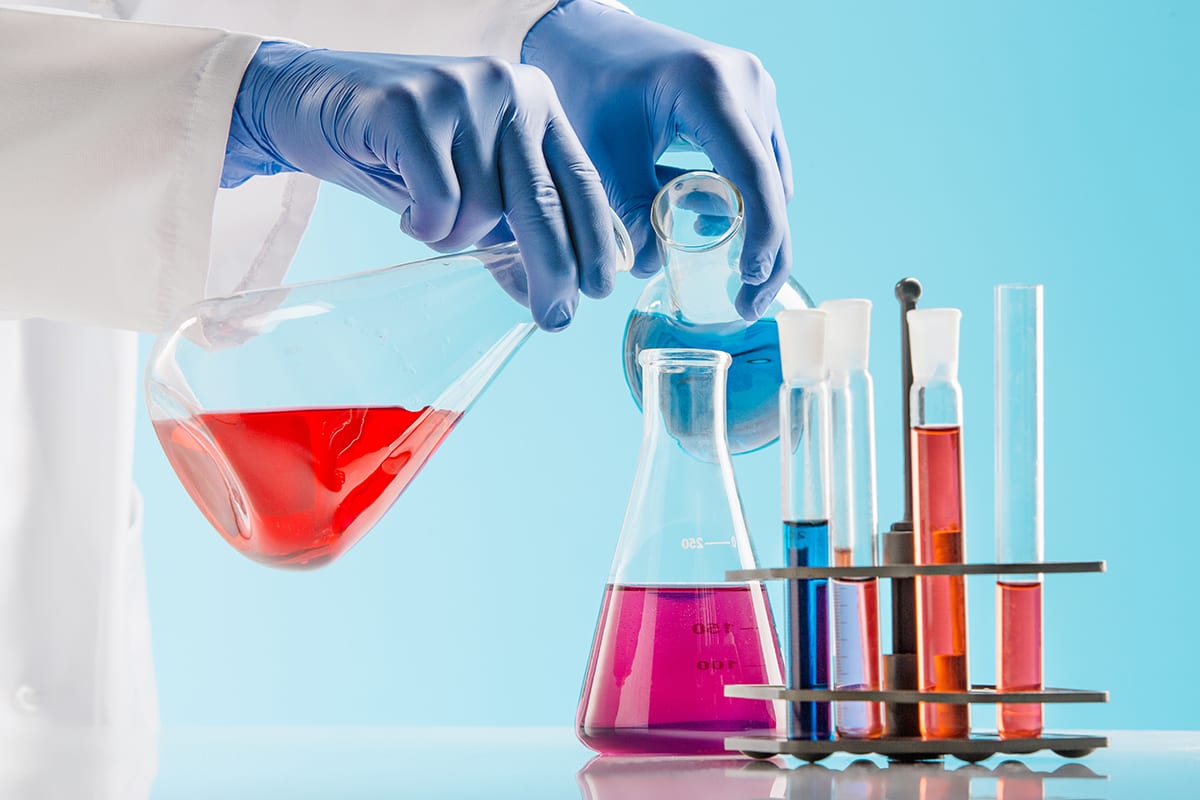Research in any scientific field has become more challenging than ever. Despite innovations happening at a steady pace, researchers are under immense pressure to bring exceptional breakthroughs for the future. Furthermore, companies are investing in a lot of resources in R&D on all levels. In order to sharpen their ability in research, scientists have turned to latest technologies such as machine learning and deep learning to guide them with better results.
Why Is Deep Learning Important To Chemistry?
Chemistry contains tons of historical information related to its field. Researchers can bank upon this information to improve their outcomes and results. For example, it is still not completely certain as to why chemicals behave a certain way after they are mixed, even when there are tantamount studies done previously in this area.
With the advent of methods like deep learning, researchers and chemists are resorting to it to solve uncertainties such as the one mentioned above. DL can extensively rely on the vast chemistry data and literature available on the subject. Areas of DL such as neural networks can help process chemical reactions faster and better. It can also help establish the underlying phenomenon in broader sections of chemistry.
Deep Learning In Chemistry: Use Cases
Expediting Drug Discovery:
Developing a new drug and releasing it into the market is a mammoth task. It involves huge costs and takes up considerable time along the process. For instance, as of now, chemical properties of drugs are evaluated manually by chemists. This process is tedious and cumbersome. With DL, this process could be sped up, leading to the possibility of newer drug combinations. This has even led developments to computational chemistry, which uses computer simulation to determine chemical properties.
There are many organisations now which are slowly adopting DL for drug discovery. One such example is Atomwise, an AI-based company which utilises DL in their technology for drug discovery, with the assistance of supercomputers. Started in 2012, it developed a deep neural network technology called AtomNet. The company says that this technology was developed by observing the positive impact DL had on other areas such as image recognition and speech recognition. In brief, the company describes the working as below,
“AtomNet represents a protein-ligand pair as a set of three-dimensional volumetric pixels containing channels for carbon, oxygen, nitrogen, etc atom types. In this way, AtomNet autonomously learns the features governing molecular binding, and avoids the manual process of tweaking and over-parameterising binding features that typified traditional computational methods. AtomNet’s application of local convolutional filters to structural target information was able to successfully predict new active molecules for targets with no previously known modulators.”
Cutbacks In Cost And Fostering Innovation:
Cost is another factor that comes into play while conducting research in chemistry. According to a report published by Tufts Center for the Study of Drug Development, the average cost involved in making of a new drug is more than $2 billion. Experts believe that this is likely to grow even more in the coming years.
Use of deep learning in machines and chemical equipments will make the process faster and help innovate with better and alternative methods which are cost-effective. It would further help researchers to emphasise on research without worrying about the cost. DL aids in methods such as powerful simulations, which help in not only coming up with better chemical substances but also offer a safer alternative to humans.
On A Concluding Note
DL in chemistry is still at an embryonic stage, and has picked up a pace only from the past few years. Although ML, DL and AI have found widespread applications in various sectors, researchers are still apprehensive about these methods. The reason is that ML and DL orient towards more of a technical skill rather than being direct applications. On top of this, the key challenge is the quality of data present. This data munging process takes up most of the time if research practitioners use ML or DL because it calls for clean and presentable data to be used. Another survey says that data scientists spend most time in presenting data rather than building a model — 80 percent of their work entails data preparation. If DL is to make an impact in research for chemistry, it should look to alleviate all of these challenges carefully.


































